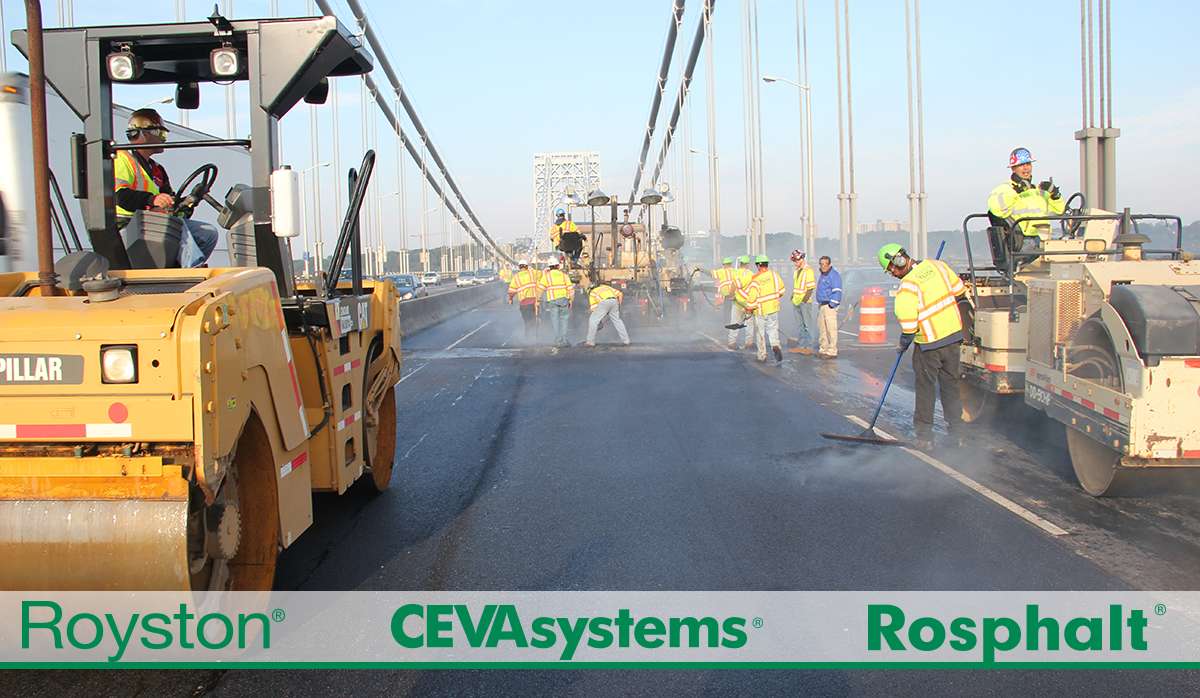One of the critical elements in a successful paving project is the asphalt mix design. Another term...
Public-Private Partnerships Benefit Roads & Bridges

Many municipalities and other government agencies are turning to the use of partnerships with private companies to maintain or build roads and bridges. The concept of a public-private partnership (P3) is not new. Traceable to the Roman Empire, types of P3 agreements can be found in various versions of government throughout history to the present day. A contemporary P3 has been popular in Western Europe and the United Kingdom for many decades. Until recently, the concept and practice has been slow to gain acceptance in the United States. However, increasingly, P3 contracts have been successfully used for large infrastructural and public works projects: education-related structures, hospitals, water-wastewater treatment systems, and transportation construction (highways and bridges).
A P3 is typically defined as an agreement or a contract between entities in the public sector and the private sector.
Characteristics of a P3
- A long-term agreement between a public agency and a private company with a private company providing front-end engineering, design, procurement, construction, financing and management of the structures for the a specified length of the contract.
- The private entity has to factor in risk allocation, funding, revenue and operating capital over the life of the contract. This type of agreement differs from the more conventional and familiar lump sum bid EPC – engineering, procurement, and construction – contract. In an EPC agreement, upon completion of the project, the construction management/general contractor turns the project over to the public owner and is paid for the completed work.
Advantages and Disadvantages
- Advantages include but are not limited to encouragement of innovative solutions; on time, if not early, project completion; collaborative financial solutions; cost containment; effective risk management and high-quality standards achieved and maintained through the structure’s or asset’s life cycle.
- On the downside, as the scope of the project increases, so do the financial risks. This factor can limit the available number of private companies with the required financial capability, which may reduce competition and increase costs. Further, a variation on the private entities’ anticipated profit margins may affect bid pricing, which may have an impact on the public entity’s expected return on investment. Also, possibly at risk is the ability to meet the construction budget and project timelines due to limited bidding.
Related Article: How Rosphalt Products Helped The Tappan Zee Bridge Construction
The Importance of Raw Material Procurement
Material procurement is an important element in any P3 cooperative agreement on an infrastructure project. Whether the project involves a long-term design; the building, operation, and management of a bridge; a rehabilitation; or the operation and management of a highway, the costing of materials is a critical factor. All too often in construction projects, the focus is on the lowest initial installed material costs and not on the long-term operational and maintenance costs. Innovative technology and the quality of construction materials can have significant impacts on long-term operational, performance and maintenance costs. Regardless of the scope or size of a project, life cycle costing to achieve targeted financial efficiencies for the infrastructure’s operational and maintenance components cannot be overstated.
Conclusion
The public entity may consider penalties or a reduction in payments if the structure or asset is not being maintained in accordance with contractual terms. This fact is especially important when considering maintenance items such as asphalt overlays and expansion joints on bridge decks. The ability of a bridge deck to meet or extend its anticipated service life can have a positive financial impact for the private company.
Chase Corporation manufactures an asphalt mix modifier, Rosphalt, that extends the service life of an asphalt surface wearing course by a factor of 3.5 times the service life of an unmodified asphalt mix. Another solution produced by the Chase Corporation is the Ceva closed cell foam expansion joint system: Phyzite 380 and E Crete 57N, an elastomeric concrete. This expansion joint system has a built-in ultraviolet protection package. Due to the Phyzite 380’s physical properties, it will absorb vibration as well as static, dynamic and environmental loads. These materials not only extend the service life of the structure, but they also provide long-term cost savings.
Please contact Bridge & Highway at Chase Corporation education-related structures, hospitals, water-wastewater treatment systems and transportation construction (highways and bridges).






